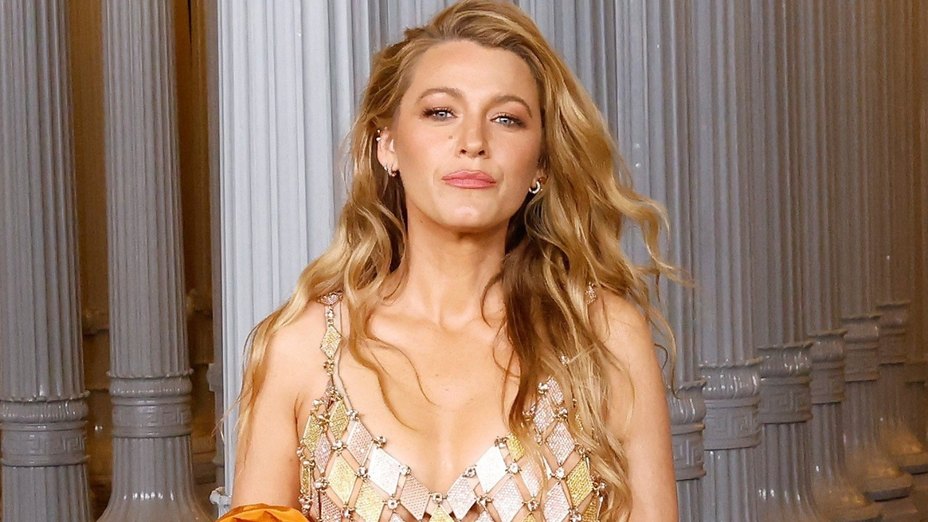In the late summer of 2014, a massive data breach and leak of private photographs — quickly dubbed “The Fappening” — rippled through celebrity culture and the broader internet. The event exposed naked or intimate photos of dozens of public figures without their consent, and it forced a national conversation about digital security, consent, and the cruelty of online voyeurism. Selena Gomez, then a young star with a huge following from Disney Channel fame and a pop-music career, was among those whose privacy was violated. Her experience — and the responses that followed — help illustrate how the incident changed public awareness around digital privacy and pushed for both legal and cultural shifts.
What happened, in brief
The Fappening consisted of multiple coordinated intrusions into cloud storage accounts, primarily iCloud, and other private repositories. Attackers used a mix of phishing, brute-force techniques, and clever social-engineering to gain access to celebrity accounts, then harvested personal videos and photos and posted them to forums and image-hosting sites. The leak spread rapidly across social media, and aggregators and news outlets that normally zealously avoid publishing stolen private images struggled with the ethical question of reporting versus amplifying the theft.
Selena Gomez’s images — like those of many others — were circulated without her permission. For a celebrity who had been building a career while growing up in the public eye, the violation was particularly invasive. The emotional toll on victims was significant: beyond embarrassment and anger, there was a sense of being hunted and exposed to millions of strangers.
Selena Gomez’s response and the public reaction
Selena Gomez responded publicly in measured, dignified ways. She, like many victims, condemned the publication and dissemination of the stolen material and urged respect for privacy. Her approach echoed that of several other victims who called for the public and media to refuse to participate in the re-victimization by sharing or commenting on the material. Gomez’s response also reflected an emotional maturity that many fans noticed and appreciated — a refusal to be defined by someone else’s crime.
Public reaction was mixed. While a portion of the online audience and tabloid press gossiped and circulated the content, a larger push-back gradually emerged: fans, privacy advocates, and many mainstream journalists insisted on not re-posting the images and called out outlets that did. The scandal also prompted public conversations among parents, educators, and policymakers about how to protect young people in a world where their images and words can be weaponized.
Legal fallout and accountability
In the months and years after The Fappening, law enforcement agencies in multiple countries investigated the thefts. There were arrests and prosecutions of individuals connected to the breach, and civil suits were filed by victims against companies and platforms accused of lax security. The incident exposed vulnerabilities in cloud-storage security practices and led technology companies to strengthen account protections, such as two-factor authentication, alerts for suspicious activity, and improved protections against credential-stuffing attacks.
For celebrities and ordinary users alike, the message from the legal aftermath was clear: while criminal justice mechanisms can prosecute offenders, prevention — through better security hygiene and stronger product design — matters hugely. Victims also argued for clearer legal remedies against platforms that host stolen content and for more effective takedown procedures to limit the spread of intimate images.
Cultural impact and ethical considerations
Beyond legal and technical fixes, The Fappening forced a cultural reckoning. The leak spotlighted the ugly economics of online exploitation: stolen private photos generate traffic, which drives ad revenue, notoriety, and incentive for copycats. It also exposed a double standard — the immediate shaming and judgment many victims faced, often more intense than any condemnation directed at the thieves.
Selena Gomez’s situation helped illustrate the deeper human costs. For young stars in particular, the emotional labor of maintaining a career while managing public scrutiny is intense. The incident prompted empathy from many fans and peers, and a small but meaningful shift in how tabloid media and social platforms handle stolen intimate content. Several major outlets and platforms adopted policies refusing to publish or link to such material, and social norms shifted slowly toward protecting victims’ dignity.
Practical lessons for digital safety
Although celebrities were the visible victims, The Fappening delivered lessons for everyone:
-
Use strong, unique passwords: Reused passwords are a primary cause of account compromise. A strong password manager reduces this risk.
-
Enable two-factor authentication (2FA): 2FA adds a critical second layer of defense. Even if a password is stolen, an attacker is less likely to gain access without the second factor.
-
Be wary of phishing: Attackers often rely on tricking people into revealing credentials. Slow down, inspect links, and verify requests for personal information.
-
Understand cloud settings: Know what you are syncing, where backups reside, and how to lock down sharing settings for image libraries or backup services.
-
Have a plan for a breach: Quick removal requests to platforms, legal advice, and mental-health support can mitigate harm if a breach occurs.
The ongoing conversation
A decade after The Fappening, its lessons remain relevant. Technology has advanced — as have the tools of both attackers and defenders — but the underlying human dynamics persist: people make mistakes, attackers exploit trust, and platforms must be designed with privacy and abuse-resistance in mind. Selena Gomez and other victims helped humanize the issue in the public eye; their voices contributed to shifting attitudes about consent, culpability, and how society treats those targeted by digital crimes.
Importantly, the event helped normalize discussions about consent and digital boundaries. Conversations about “revenge porn,” non-consensual image sharing, and online harassment grew more sophisticated; laws in many jurisdictions expanded to criminalize or civilly redress non-consensual intimate image distribution. Tech companies improved, albeit imperfectly, their tools for account protection and content moderation.
Conclusion
The Fappening was painful and humiliating for the people targeted — including Selena Gomez — but it catalyzed a broader reckoning about digital privacy. The incident forced individuals, media, lawmakers, and tech companies to confront the realities of online abuse and to begin building better defenses and norms. The core takeaway is a simple one: privacy violations are crimes, not gossip; victims deserve compassion and support, and preventing future harm requires both better technology and a cultural shift away from curiosity that amplifies wrongdoing. Selena Gomez’s experience is part of that larger story — a reminder that people’s dignity should never be collateral in the relentless churn of online attention.





